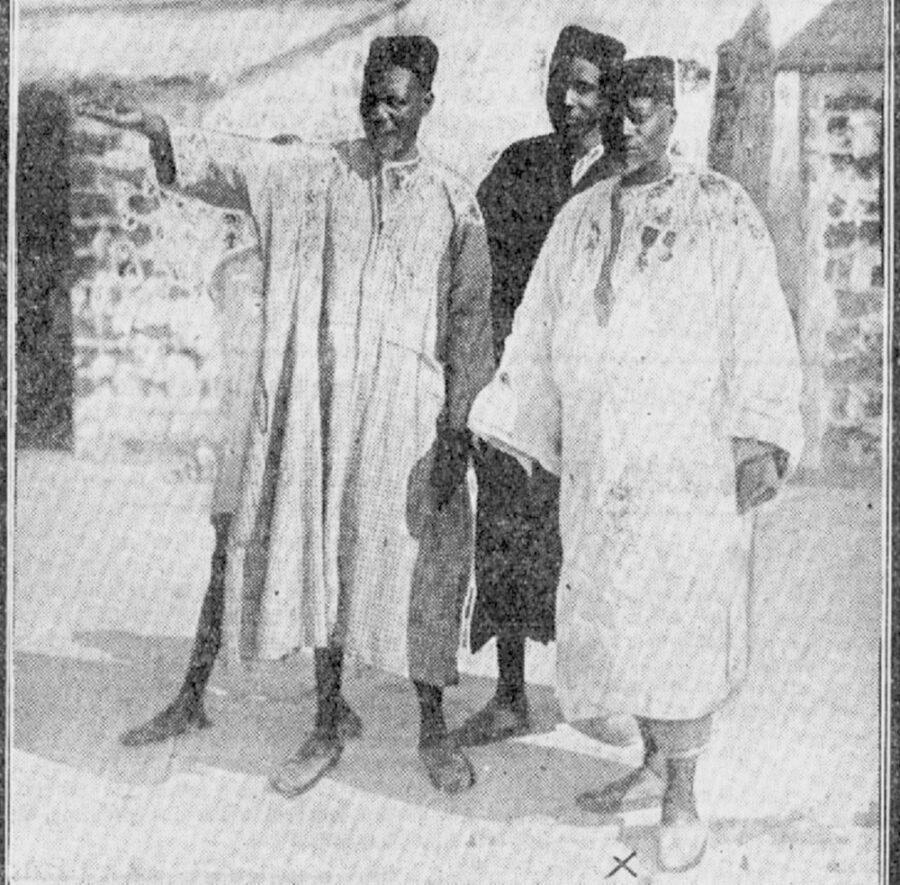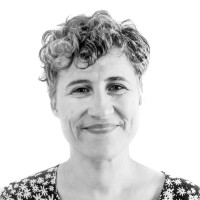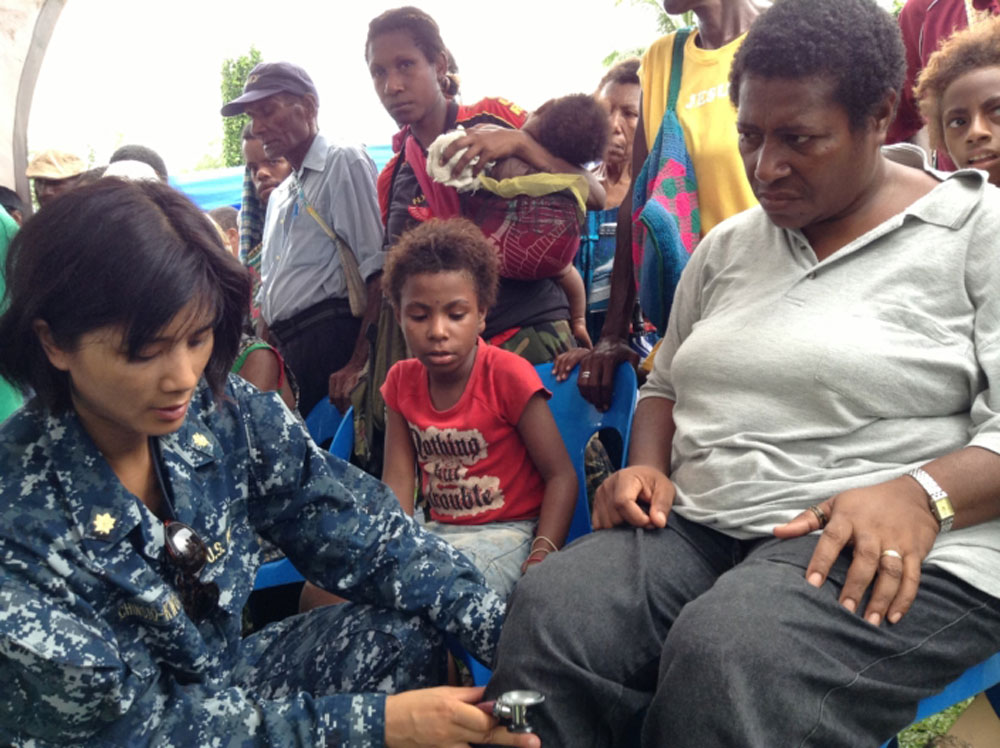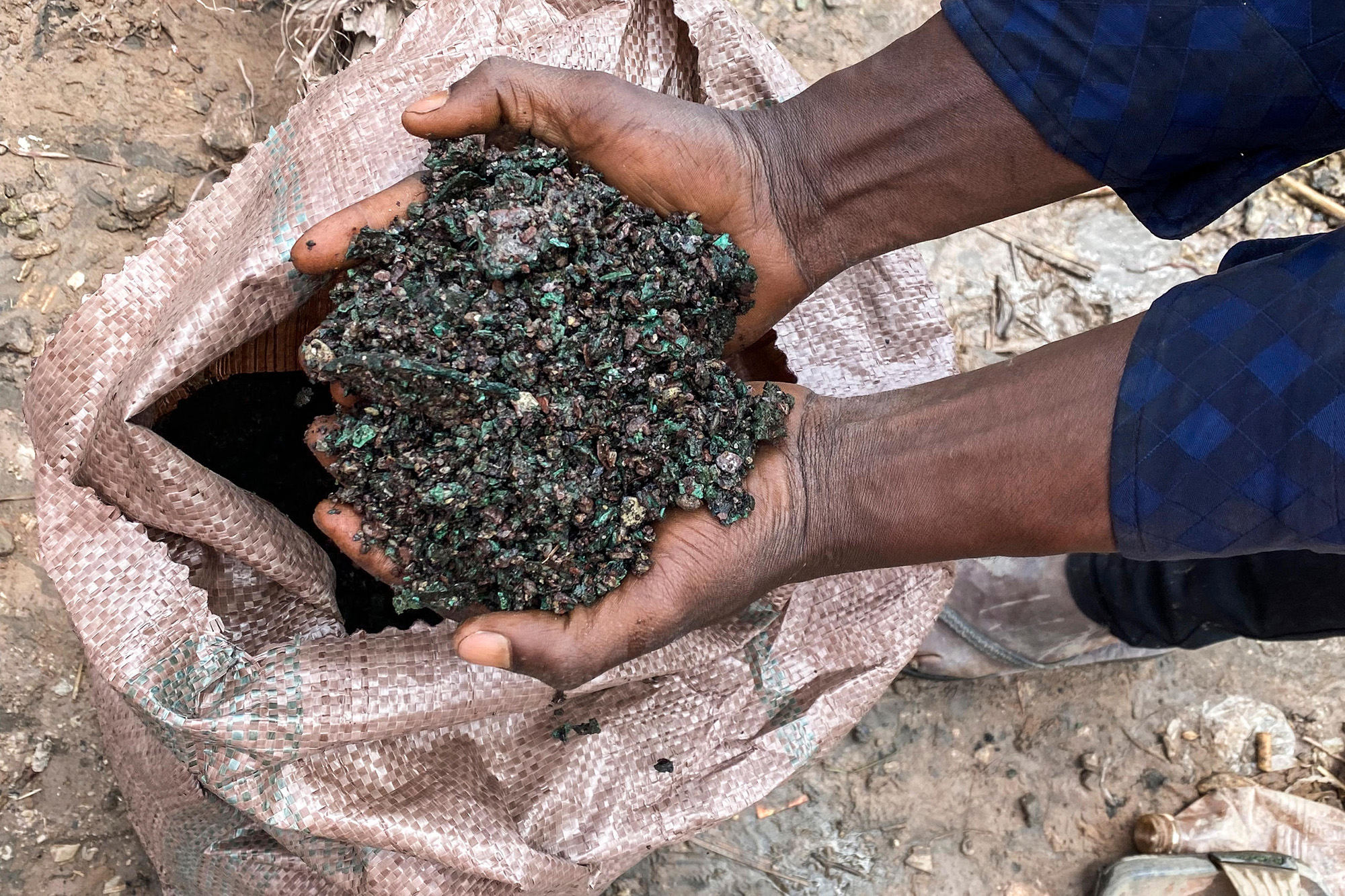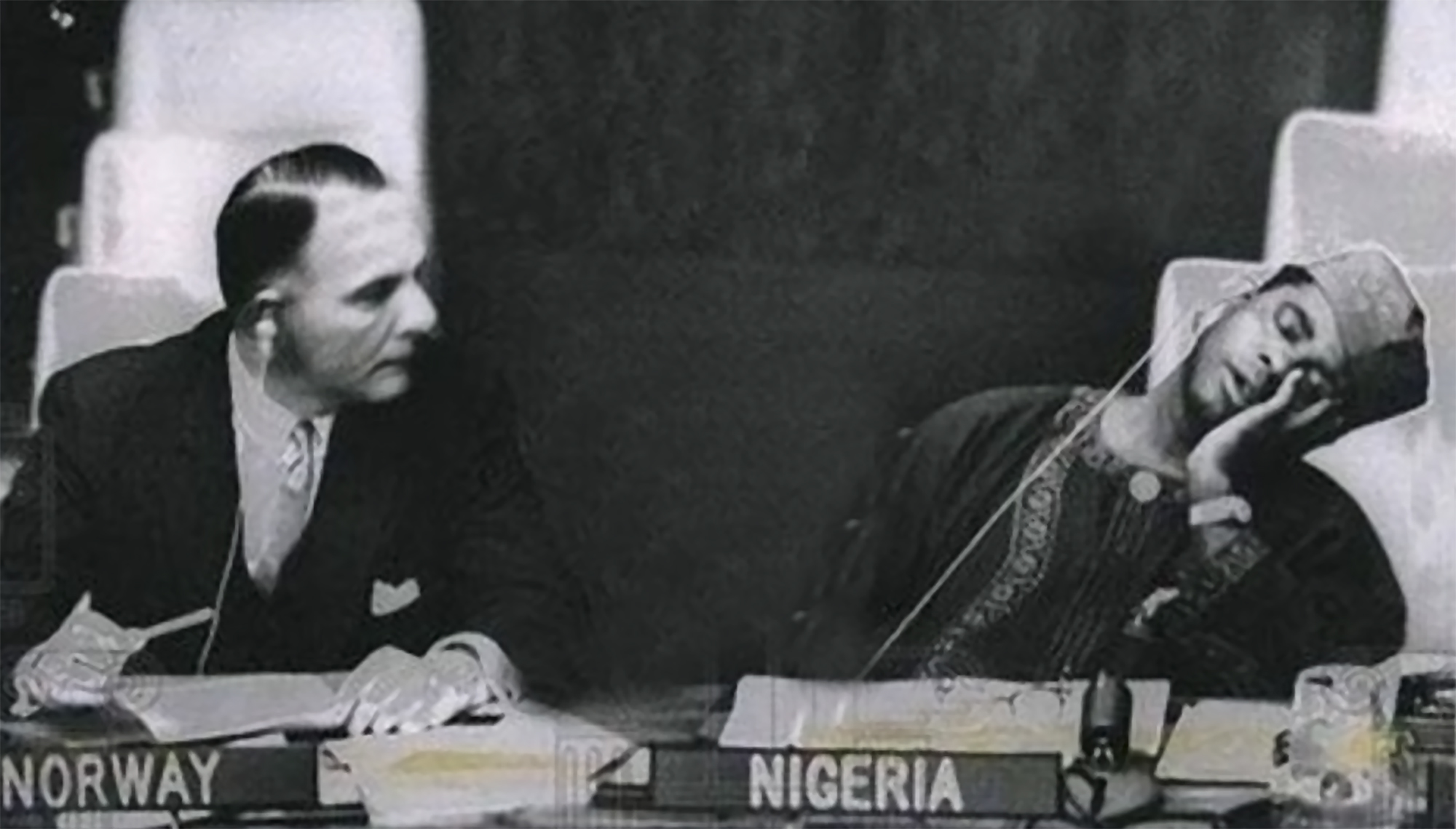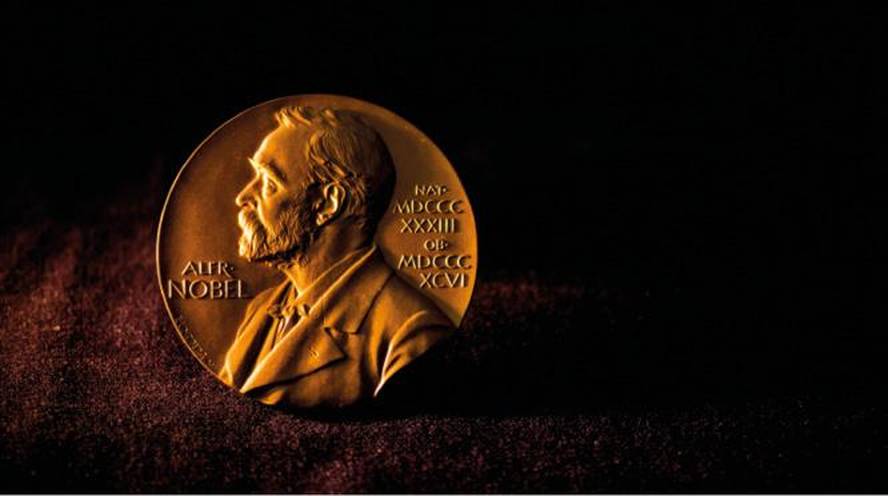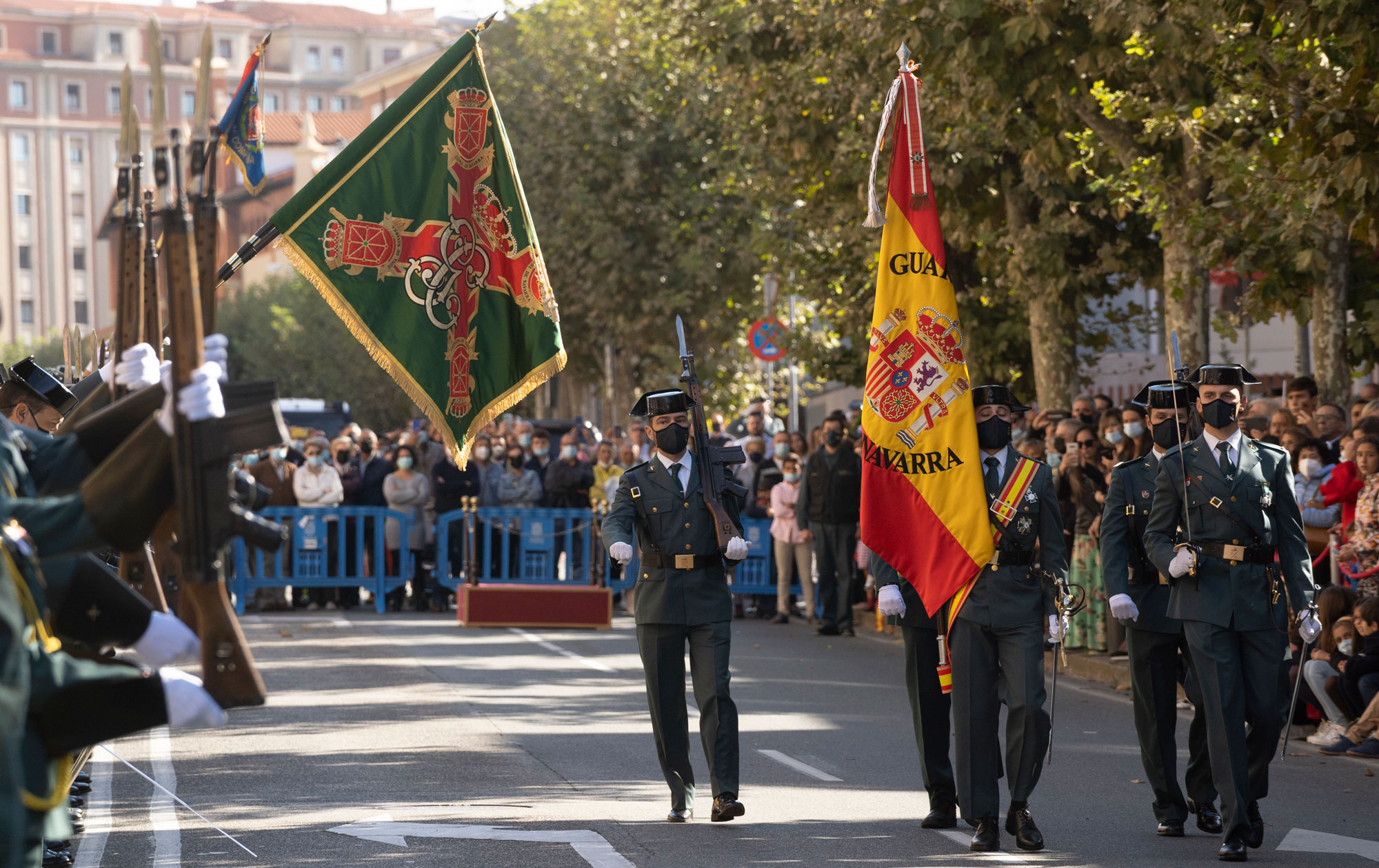Nothing is forever, and nothing is always. San Sebastian is a city that was destined for tourism because it was decided by the bourgeoisie of the 19th century. In 50 years it went from 10,000 to 40,000 inhabitants and from commercial city to spa city, which became one of the main leisure places of the European bourgeoisie and aristocracy.
However, given the need for good practice of cards in the harsh international competition, several urban transformation projects were launched in the early twentieth century: hotels, casinos, spas and amusement parks.
The amusement parks of Donostia have been three: The first was Ulía's, which opened in 1902. Besides the tram that came from Ategorrieta Street, to the point was a cable car built with six cables arranged in three, over which the metal gondola of passenger transport passed. The Martutene Kursaal, also built in Martutene, reached 2,000 daily visitors: nightclub, gym, cafes and restaurants, casino, caves, playground, water-chute and roller coaster, among others. However, both amusement parks closed when building the Igeldo Amusement Park.
‘To attract foreigners’
The book History of the amusement parks of Laurentino Gómez (Vienna-Idazti, 2005) includes the request to open Igeldo: ‘The aim of the public limited liability company Monte Igueldo is to extend an area of recruitment of foreigners mainly in the areas of the company comprising the lighthouse and the tower’. Request made on 12 February 1912.
The park, which has become obsolete over time, began with offers such as the funicular, the viewpoint, the skating rink, the small zoo of animals, the railway or the rollercoaster, which in Franco will be called the Swiss Mountain due to its enmity with the Soviet Union, etc. However, there is another one-off offering that appears nowhere: a human zoo made up of Senegalese.
A human zoo
In July 1926, Gómez received the hiring of three tribes of Senegalese origin to show the public "their life, their abilities and their customs": "It was a large group of 102 Africans, of seven races, who spoke with the same language, the woloffa".
According to reports, ‘only nine days’, the railway engineer, Arsenio Abiel Fharall, built a ‘village’ consisting of 24 cabins. It is logical to think about the conditions that would arise.
‘Senegalese barbas’
The news was collected by the newspaper La Voz de Guipuzcoa, which invited journalists to gather a “more interesting show”. It states that it would be an ephemeris of the history of San Sebastian: "It will be the first time a colony of blacks has been established on a eukaryotic hill".
According to the chronicle, after passing by boat through La Rochelle (France), they arrived at the station of the North. It lists as spectacle data ‘the Senegalese Byzantine who are going to be our insurance’: ‘nineteen children under seven, eight aged 7-15, twenty-seven women, four girls and the rest, men of all ages’.
The journalist follows: "We also saw a child who only had his arms like his wrists, of which a few tiny fingers left."
The presence of the Senegalese was envisaged until October. For visitors, they would play music, "primitive instruments" and perform various works: shoemakers, tailors, weavers and piraguas.
Human zoos in Europe
Although not easy to understand, in Europe they became fashionable "human zoos between 1870 and 1930, especially. Especially in France, Belgium and Germany, with people from their colony and former colonies.
The idea was to show women, children and men of meat and bone from Africa and other ‘underdeveloped’ regions in public. The "wild indigenous" appeared in decorated cages, often with monkeys.
With the adoption of the Universal Declaration of Human Rights in 1948, these practices began to disappear, but not entirely. In 1958, the Brussels General Exhibition of First Order hosted entire African families in small bamboo cages. 41 million visitors came to see, feed and caress the prisoners. That's a famous photograph of a black boy. In 2022, the king of Belgium apologized to the people of the Democratic Republic of Congo for abuses committed during colonization.
The businessman who brought San Sebastian to the Senegalese was Mr. Fournier, responsible for bringing a group from Ghana to the universal exhibition in Paris. There were also numerous human zoos in Madrid, including Philippine neighbours.
There seems to have been no such zoo in our country again. In any case, once it has happened it is too much. It would be no more to look back and analyze, criticize and, once it has begun, ask for accounts of our slave, colonialist and racist past.





